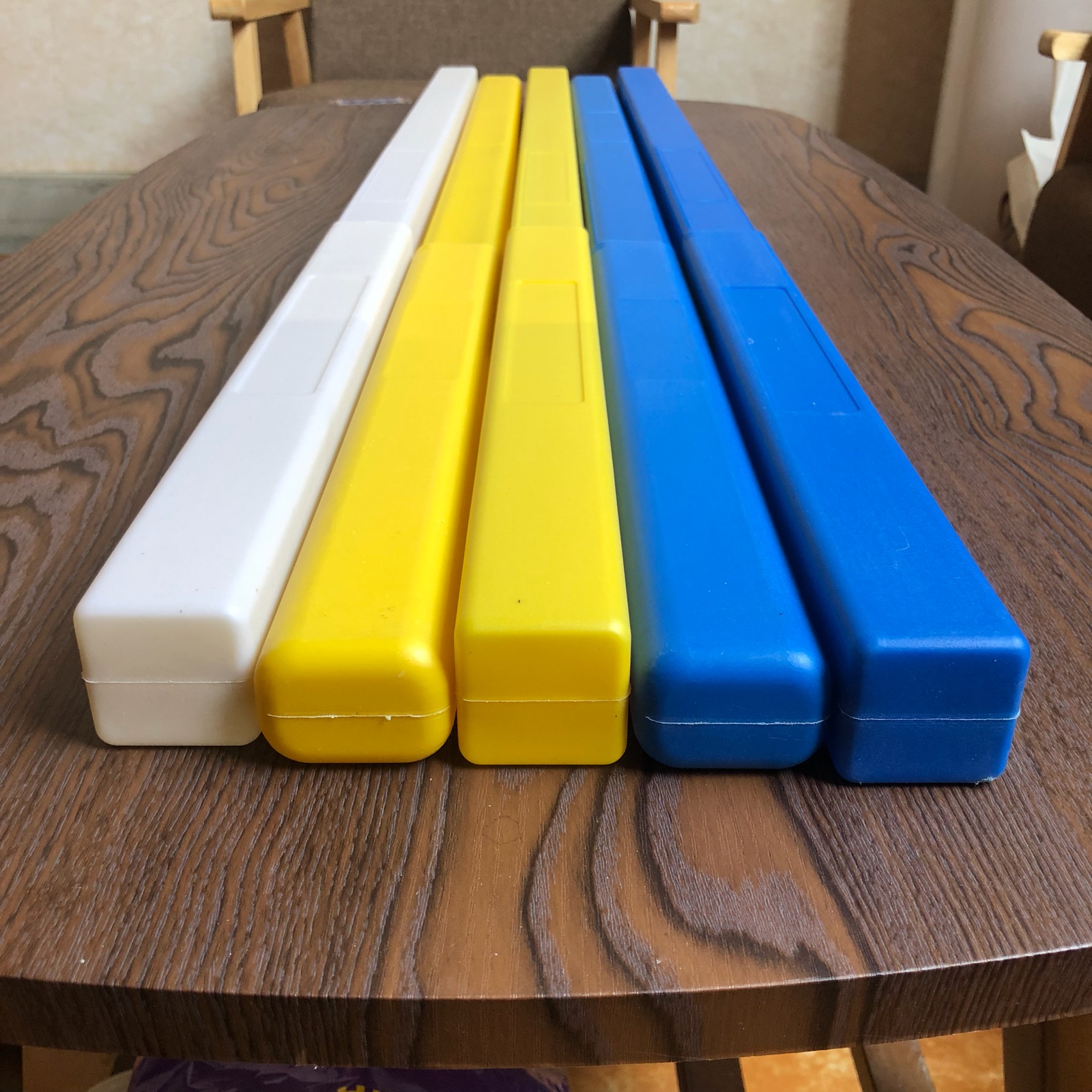Choosing the Right Aluminum Welding Wire for Your Projects and Applications
The Importance of Aluminum Welding Wire in Modern Fabrication
Aluminum welding is a critical process in various industries, including automotive, aerospace, and construction. With the increasing popularity of aluminum due to its lightweight and corrosion-resistant properties, the demand for high-quality aluminum welding wire has surged. This article explores the significance of aluminum welding wire, its types, applications, and technological advancements.
Aluminum welding wire is specially designed to create strong and durable welds between aluminum components. The wire is typically made of aluminum alloy or pure aluminum, with different compositions tailored for specific applications. The most common types of aluminum welding wire are 4047, 5356, and 4045, each offering unique benefits depending on the welding conditions and the materials being joined.
One of the primary advantages of using aluminum welding wire is its ability to produce high-strength welds
. For instance, the 5356 alloy is known for its excellent corrosion resistance and is often used in marine applications, while the 4047 alloy is ideal for automotive and structural welding due to its lower melting point and good fluidity. Choosing the right type of aluminum welding wire is crucial for achieving optimal weld quality and performance.Furthermore, the process of aluminum welding differs from that of traditional steel welding. Aluminum has a lower melting point and a higher thermal conductivity, which requires different techniques and settings. For example, TIG (Tungsten Inert Gas) welding and MIG (Metal Inert Gas) welding are the most commonly used methods for aluminum welding. The choice of welding process often depends on the thickness of the aluminum material and the desired appearance of the weld.
aluminum welding wire

Beyond the basic types and applications, advancements in technology have significantly improved aluminum welding wire quality and performance. The development of specialized coatings on welding wire can enhance the welding process by reducing oxidation and improving arc stability. These innovations have made it easier for welders to achieve clean and strong welds, even in challenging conditions.
Moreover, the performance of aluminum welding wire is closely tied to the welding equipment and techniques used. Modern welding machines equipped with advanced features such as pulse welding, multi-process capabilities, and digital controls can improve the consistency and quality of welds. These technologies allow for better heat control and reduce the risk of defects, such as porosity or cracks.
As industries continue to evolve and the demand for aluminum products increases, the role of aluminum welding wire remains paramount. From lightweight components in vehicles to intricate structures in buildings, aluminum welding wire is an essential element in modern fabrication. The continuous development of new alloys and welding techniques ensures that the aluminum welding process can meet the demands of increasingly complex applications.
In conclusion, aluminum welding wire plays a vital role in various sectors, facilitating the creation of strong, lightweight, and corrosion-resistant structures. With ongoing advancements in materials and welding technology, the future of aluminum welding wire looks promising. Welders and fabricators must stay informed about the latest developments to leverage the full potential of aluminum welding wire in their projects. As industries move toward sustainability and efficiency, the importance of high-quality aluminum welding wire will only continue to grow.
-
AWS E7018 Welding Rod: Low Hydrogen ElectrodesNewsJul.31,2025
-
Arc Welding Electrodes AWS E7024 – High Deposition, Smooth FinishNewsJul.30,2025
-
E7016 Welding Rods for Smooth, Low Hydrogen Welding PerformanceNewsJul.29,2025
-
E7016 Welding Rods for High Strength & Low Hydrogen WeldingNewsJul.29,2025
-
High Quality Carbon Rods for Welding – Durable & Precise ResultsNewsJul.29,2025
-
High-Performance Cellulose Electrode E6010 for Steel WeldingNewsJul.28,2025


